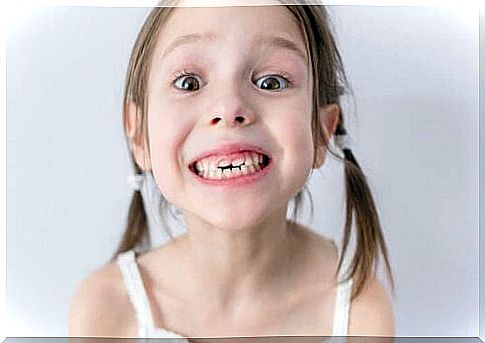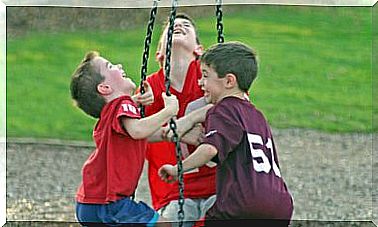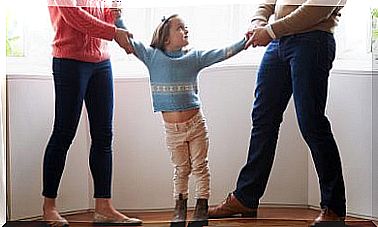Falling Teeth In Children: When It Occurs And In What Order

The loss of teeth in children is a process that usually begins when the little one is between 5 and 6 years old. Of course, this number of years can vary according to the genetics of the little one.
It is important that parents are informed about this process and are attentive to changes that require a visit to the specialist.
What to know about tooth loss
The teething process begins at around 6 months of age. These, however, are estimated times, since each child is different. From that moment until approximately 2 or 3 years all the pieces of the milk teeth are completed.
Later and until the child is 5 or 6 years old, no visible changes occur in the mouth. However, internally many changes do occur. The gums are preparing to expel the baby teeth and replace them with the permanent teeth.
After this renewal process begins, it will take about 3-4 years for the denture change to be completed.
Although the loss of teeth begins to occur, on average, at 5 years, and the process of this definitive change can take up to 4 more years, in reality it does not end until the age of 17 or 21.
The reason? It is precisely at this age when the third teeth, better known as wisdom teeth, begin to emerge.
In what order does tooth decay occur?
As a general rule, the first teeth to fall are usually the first pieces of milk that the child has. Generally, the first baby teeth to emerge are the lower central ones, followed by the upper central ones. That is why they are also usually the first to fall.

Lower incisors
The lower incisors are located on the inside and bottom of the gum and are usually the first to be seen. They push the baby teeth until they are expelled and have enough space for the final tooth to grow.
Upper teeth
The second definitive teeth that children usually get are the upper central teeth. In this case, they come out through the front of the gum.
First and second molars
The first and second molars are among the third group of teeth that tend to fall out. In this case, the fall of the first molar usually occurs between 9 and 11 years of age. For its part, the loss of the second molar occurs between 10 and 12 years.
Fangs
On the other hand, the fangs or milk canines usually fall at the same time as the second molar. That is, this process occurs around 10 and 12 years of age. Of course, these changes can vary from child to child, as issues such as genetics can play a role.

What to do when the process of tooth loss begins?
As we have seen, the process of moving teeth begins to occur around the age of five. There are parents who make the mistake of forcing the movement of the teeth to accelerate their fall.
However, this is not recommended, since from the time the tooth begins to move until it falls out, it can take a long time.
In this sense, it is important to tell the child to avoid moving or touching the loose tooth with the tongue. The idea is that it comes off completely naturally, since in this way the process will flow much faster.
In case the tooth is so loose that it makes the child uncomfortable to speak or eat, it is advisable to take it to a specialist. This will be in charge of removing the tooth and, in this way, preventing the development and growth of the definitive tooth from being hindered.
It is important that parents are involved in the entire process of losing their children’s teeth. Getting informed is the first step to recognize if there is a problem or delay in the development of the definitive denture. In that case, the most advisable thing is, again, to go to the specialist.










